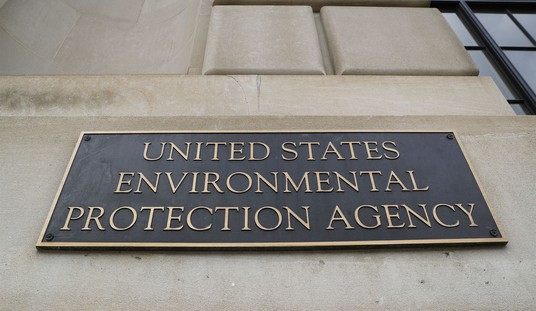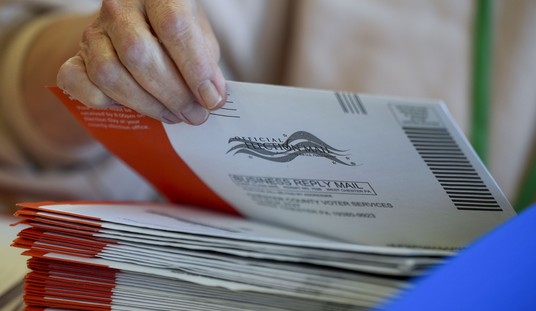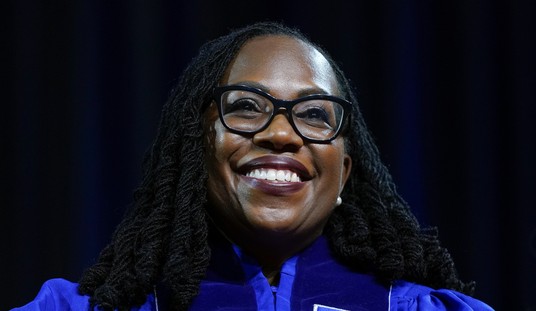WASHINGTON – With about 40 percent of Americans lacking the savings to come up with $2,000 in an emergency, scholars at the Brookings Institution have outlined a proposal encouraging employers to sponsor parallel retirement and “rainy day” savings accounts.
According to the National Financial Capability Study, about 40 percent of Americans say they “probably could not” or “certainly could not” come up with $2,000 in an emergency. About 35 percent of respondents said they “certainly could” come up with the money, and another 21 percent said they “probably could.”
Brigitte C. Madrian, one of six authors for the Brookings proposal, said at the institution on Thursday that the purpose is to save people money in the long run.
“If you can get people to save, even modest amounts of money, you help them avoid the high fees that they would pay on other short-term, high-cost sources of credit,” she said, while listing the penalties for withdrawing early from a retirement fund and interest rates on loans.
First commissioned by the FINRA Investor Education Foundation in 2009, the National Financial Capability Study involved consultation with the Department of the Treasury and President Bush’s Advisory Council on Financial Literacy. The study also showed that many Americans are not prepared for a three-month unemployment spell, which is the typical length of time for someone out of work, with 40 percent saying they would be prepared and 56 percent not prepared.
According to the Federal Reserve Board, for every $2 that is fed into American retirement accounts almost one dollar leaks out before retirement age. The Employee Benefit Research Institute has been gauging Americans’ confidence in their ability to live comfortably in retirement.
The most recent survey shows differing views for people in jobs that offer retirement accounts and people in jobs that don’t. For the former, 72 percent are very confident, while 28 percent are not very confident in their ability to save for retirement. Those numbers are nearly flipped for people working without retirement accounts, with about 28 percent very confident and about 69 percent not very confident.
Diane Garnick, chief income strategist at TIAA, noted that there are varying responses from Americans across a multitude of studies on income confidence, but the running theme is that most Americans have inadequate savings.
“Whether we want to think about whether people have access to $2,000 or $400, whether that’s on a credit card, whether that’s shaking down their parents, in some cases their kids, the most important takeaway is consistency across all of these surveys is that people simply don’t have access,” she said.
According to Madrian, this trend does not discriminate based on income levels.
“There is ample evidence of hand-to-mouth spending behavior at all points in the income distribution, not just lower-income workers but there are high-income workers who are literally spending all of their paychecks every month and who don’t have much in the way of savings, either, so I think there is need across the board, and we’re not being picky,” she said.
Canadian retirement regulations were brought up multiple times during the conversation. In Canada, there are no early withdrawal penalties for citizens who tap into their savings before retirement age. Canadians also have the ability to contribute large, lump sums into their retirements at any point, which sets them further apart from Americans, who are subject to annual caps on their 401ks.
Garnick said this is a particular problem for women in the U.S., as they only participate in the workforce at 75 percent of the rate of men due to maternity leave and have an inability to hit the same year-to-year retirement goals.









Join the conversation as a VIP Member